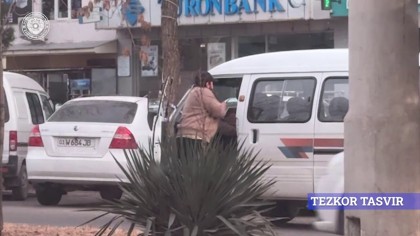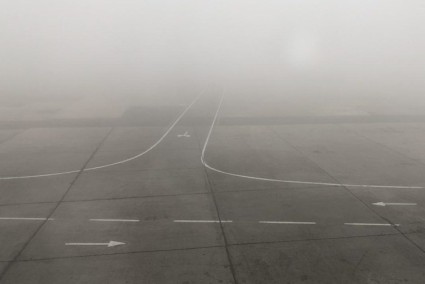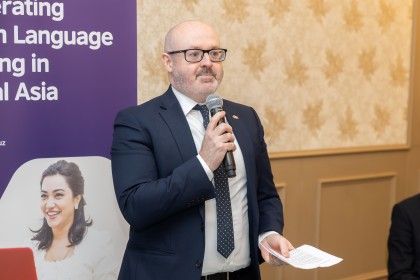Employees of the Yahya Gulyamov Archaeological Institute in Samarkand, during excavations at the Kurgantepa monument in the village of Dzhuratepa, Urgut district, Samarkand province, discovered a temple dating back to the pre-Islamic period, the Samarkand Messenger said.
“The discovered wall paintings and remains of sculpture in the temple can become a real sensation on a global scale,” the report notes.
According to an employee of the institute, Doctor of Historical Sciences Alisher Sandiboev, excavations of the hill began last year after farmers, plowing the area for corn fields, accidentally uncovered ancient masonry. This turned out to be the outer wall of presumably some large complex, so it was decided to carry out excavations the following year, having received government funding.
Over the last three weeks of the current season, the team opened a rectangular room with walls three meters high and five entrances. In the center of the room there was an altar, around which there were wooden rectangular columns - traces of them are clearly visible from above.
The figure on the wall has four arms, one of them holds a bow, the other holds a sword, its legs are bent, and on its head is a winged crown with a crescent. During the excavations, pieces of plaster with paintings on it were also discovered; apparently, the hall was richly decorated with it. All these scattered fragments are treated with a special compound and assembled.
Last year, a necropolis of a Christian monastery of the 9th century was found not far from Chor-chinor in the Urgut province, which supposedly existed for several centuries. The Sogdian temple of Jartepa II was discovered earlier.














